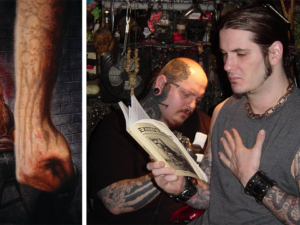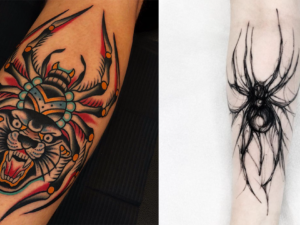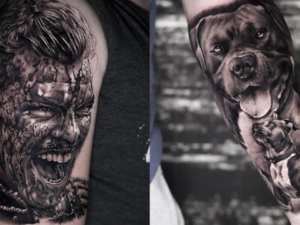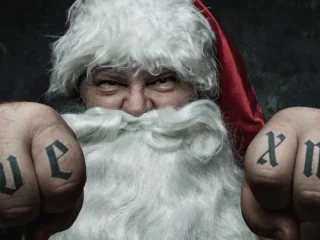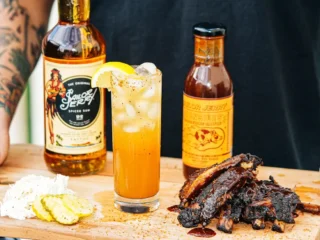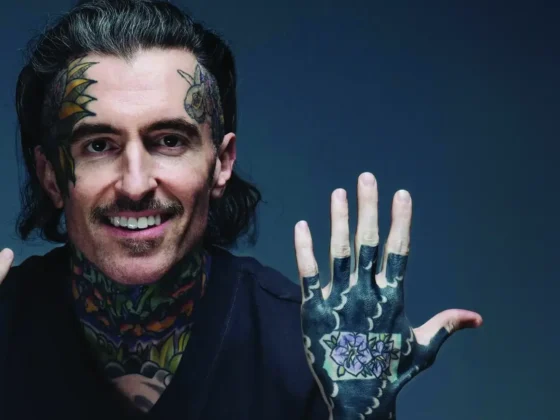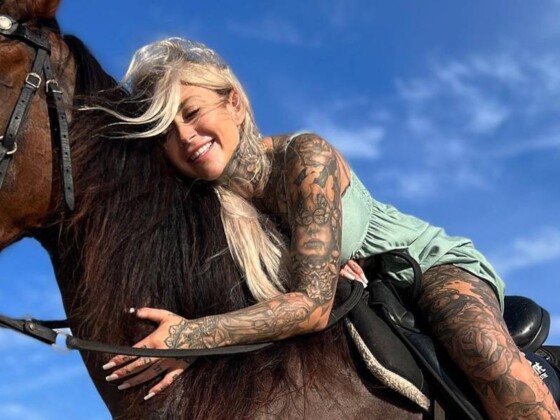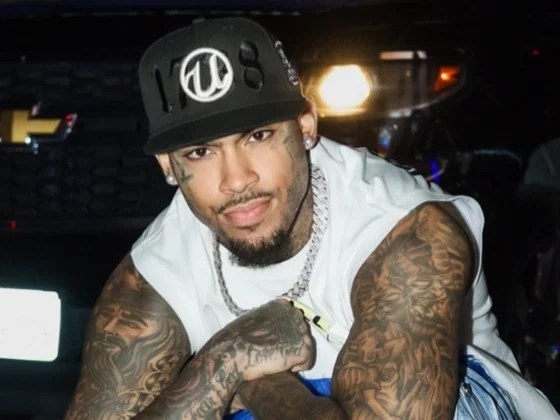Inked Mag
January 21st, 2019
An Exclusive Look at the Groundbreaking Postmodern Jukebox
Scott Bradlee Redefines the Retro Revival music scene with Postmodern Jukebox
In a world of auto tunes and face filters, Postmodern Jukebox offers a subculture for vintage enthusiasts.

“People have a natural nostalgia for other times and a natural curiosity of what it would be like to live there,” Scott Bradlee said. Postmodern Jukebox answers this, and transports you to an “alternate vintage universe.”
Scott Bradlee, pianist and Postmodern Jukebox arranger, grew up in New Jersey with a jazz background. While Bradlee enjoyed music as a kid, he didn’t like to practice and said he wasn’t good when he started. Then, once he heard George Gershwin’s “Rhapsody in Blue,” everything changed.
“I was so enamored with that sound. I didn’t know you could play like that,” Bradlee said. “I was used to scales.”

The inspiration for Postmodern Jukebox started as a throw-away hobby. While Bradlee liked Ragtime, Jazz and Motown, his friends were listening to Sublime and gangster rap.
“I played them what they liked in the ragtime style, as more of a party trick,” he said.
Then, out of college, Bradlee assembled project bands that played rock and jazz, but realized he was just, “trying to fit into slots.”
“I was trying to fit into a box, instead of creating my own,” Bradlee said. “PMJ is the first time I did something authentically me.”
Sunny Holiday, burlesque performer and singer in New York City, moved to LA, where she eventually joined Postmodern Jukebox as a fan.

“It was like fate, I moved to LA and went to their first show at the Hyde Lounge,” Holiday said. “I got to meet Scott and the band after the show, and told them I wanted to get involved.”
Scott told Holiday to send him some of her work, “and the rest was history.”
What gravitated Holiday toward Postmodern Jukebox was the band’s ability to “turn heads and make people fall in love with music again.”
Bradlee explained Postmodern Jukebox as “experimental fun,” where they cover your favorite songs with a retro-style twist, to “offer an alternative to the pop community,” as well as revive the “certain simplicity of that decade, with an emphasis on the craft.”
“Imagine Sinatra played by Muse, or Rihanna by Billie Holiday,” Bradlee posed. “PMJ answers the open-ended question of ‘how would this sound?’”

Holiday describes Postmodern Jukebox as “a collective of musicians who are taking your favorite guilty pleasures, to make new, better guilty pleasures.”
When Bradlee moved to NYC, he put his “party tricks” on YouTube, starting with A Motown Tribute to Nickelback. After author, Neil Gaiman, found Bradlee’s work, he retweeted it. From there, Postmodern Jukebox went viral within a few hours. Which, Bradlee admits, “I didn’t even know what that meant at the time.”
With over 1 million views in its first week, and 4 million in its first year, Postmodern Jukebox covered Macklemore & Ryan Lewis’ “Thrift Shop” and Miley Cyrus’ “We Can’t Stop,” and continued to gain immediate traction.
Starting Postmodern Jukebox on YouTube back in 2011 would later translate to PMJ’s mission. Like YouTube’s platform, Postmodern Jukebox bridges broad interests; holds a sense of community; and, alongside the music, highlights a unique visual aesthetic.
“YouTube made it easy to connect to people that were doing the same stuff I was doing,” Bradlee explained.
Now Postmodern Jukebox has toured every continent except Antarctica.
PMJ features 70 different artists on tour, alongside a tap dancer for their shows, where each artist emulates vintage culture through his voice and stage presence. While each artist’s talent stands on its own, they are a force when together.
While Postmodern Jukebox’s visual draw is a huge part of the Postmodern Jukebox experience, their music roars even louder, being carefully taken apart and broken down to its vintage roots.
“The way Scott arranges is awesome. He will say, ‘There’s a blues element here,’ and reimagine the hit,” Holiday said. “For him, any song is salvageable.”

She explained that, while “many musicians cover the song to a tee,” Scott Bradlee “really breaks it down and takes it apart to the bone.”
“Jazz went on to influence subsets of pop music today,” Bradlee said. “If you trace the lineage, today’s vocals have roots in soul.”
The Postmodern Jukebox live-show experience is also carefully crafted and one of a kind, to deliver time-travel to the audience.
“PMJ reclaims vintage trends in a modern way, to give that power back to a simpler time,” Holiday said. “We celebrate rebellion as a way to celebrate things we are fans of, against music today.”
This celebration is also harnessed through the audience, who often dress in 20s-style wear for Postmodern Jukebox shows.
“The live shows are an inclusive experience, because they are all the songs the audience knows,” Bradlee said.
Postmodern Jukebox, alongside breaking genre barriers, also breaks age barriers. Holiday noted that, “PMJ is not just for millennials, it’s for everybody.”
“College kids bring their grandparents to a Postmodern Jukebox show, and now they have something in common that they can share,” she said. “Bringing forth these nostalgic sounds of mom and pop’s car radio has not only brought together generations during, what we feared was becoming a divided “Gen-Z” era, but it has also continued to celebrate the never dying, yet recently booming pin-up culture.”
Sunny believes that, “This generation has the freedom to truly be themselves,” and believes this has been propelled by“vintage enthusiasts” who had always had their roots in rebellion.
She thanks Postmodern Jukebox for, “Bringing us back to our favorite times, while embracing the things we love about today,” Holiday said. “Because, after all, twerk is the new twist!”

Bradlee is “happy to be a part of the timeless culture,” and thankful that Postmodern Jukebox’s roster has grown with artists who share a passion for the vintage experience. With Postmodern Jukebox satisfying the itch that contemporary pop music hasn’t been able to scratch, PMJ is the best revival that pop could have asked for.
“People can tell when something is authentic. That’s my goal as an artist,” Bradlee said. “To keep music powerful. To keep it making you feel things.”
Editor's Picks
Paul Booth Illustrates Cover for Pantera Graphic Novel
The revered tattoo artist created a cover for a graphic novel celebrating the 30th anniversary of “Vulgar Display of Power”
Scary Spider Tattoos
Spiders are terrifying, yet for some reason people sure do love to get tattoos of them


